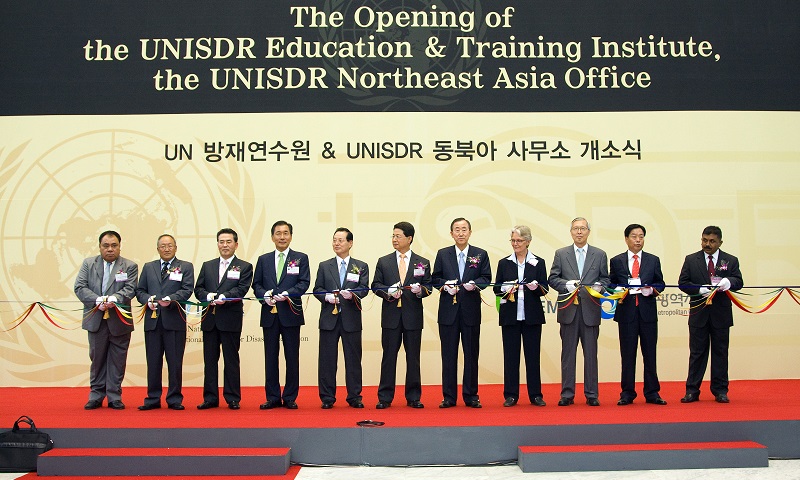
The first-ever United Nations Office for Disaster Risk Reduction (UNISDR) gathering of scientists to discuss disaster risk management kicked off today in Geneva, Switzerland, seeking to map out a scientific and technological approach to the issue while addressing the importance of partnership.
“What motivates these gatherings is the knowledge that we can do a lot more to reduce unnecessary loss of life and livelihoods,” Robert Glasser, the Secretary-General’s Special Representative for Disaster Risk Reduction (UNISDR) said at the opening of the UNISDR Science and Technology Conference.
Such efforts, he pointed out, are of particular significance for the least developed countries, where disasters may not amount to much in terms of absolute global economic losses but can have a crippling impact on long-term sustainable development.
As the first major disaster risk reduction event of 2016, this conference aims at identifying needs and knowledge gaps; exploring new ways of working together and most importantly, making the science available and accessible.
The launch of the UNISDR Science and Technology Partnership, and approving an Agreement on a Science and Technology Road Map for the implementation of the Sendai Framework are two outcomes to be expected at the conclusion of the conference.
To read more, please click here.
Source & Copyright: UN News Centre
 Welcome to the United Nations
Welcome to the United Nations